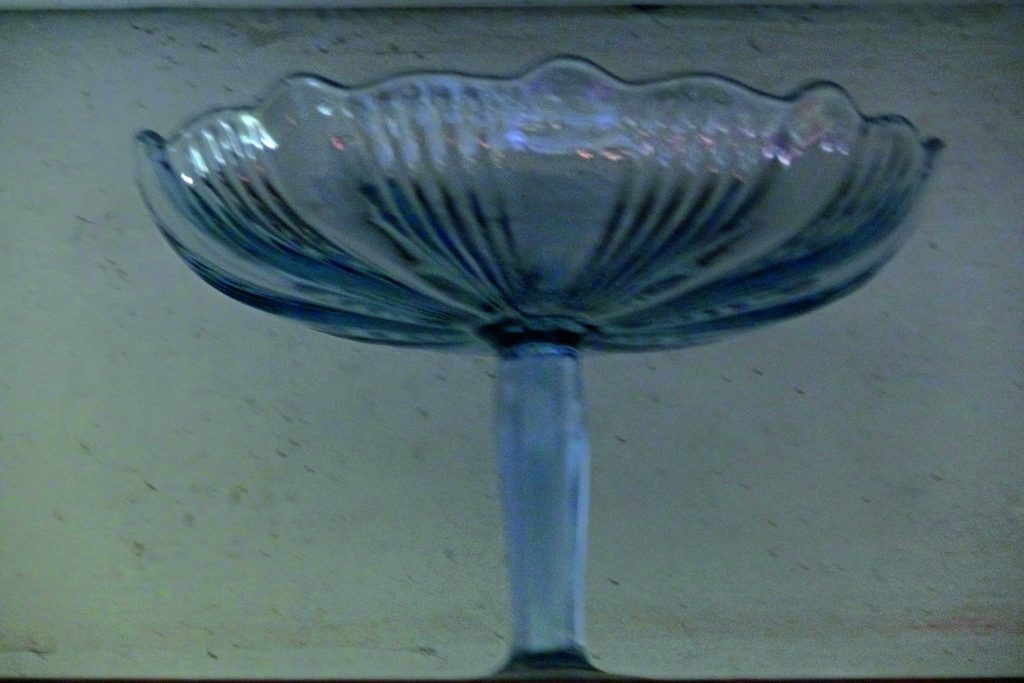
Malvina Jelinskaitė describes her work as “photography via color”. She also says, “it’s interesting what you said about how there’s so much to do in my photographs. There’s barely any action in them – the time is on our side, while the photographs are still. But you can kind of enter them, walk around, look at things, and maybe find yourself different things to do, say, right here on the corner of this sleeve.”
The two of us stand looking at the bright highlights, various hues of the reflections of sun, and light that appears to travel across something we don’t see. The exhibition is conceived as a kind of a “portal” for children that would lead them to the adults’ world of art, and vice versa, allowing for a special kind of an encounter and inviting a direct, open, and sensitive way of looking. “These photographs are my madness, my nonsense, which is beautiful to me though they may cause someone feel uncomfortable,” she shrugs uneasily. “I can’t breathe like this in any other form of art. At times when I photograph I miss filming, especially the sound and the pauses, but filming bores me, I find that filmed image is very flat. Also there are cameras which I tried but I couldn’t tame them – the kind of image that would come out felt to me like it was taken by an engineer from Japan. And these are mine.”
The photographs on display are made between 2010 and 2013, the period when Jelinskaitė first switched from analogue photography to digital. In 2014 they were published in the album “Gold and Fish” edited by photographer Algirdas Šeškus, which is available for sale and for reference at the CAC throughout the exhibition.